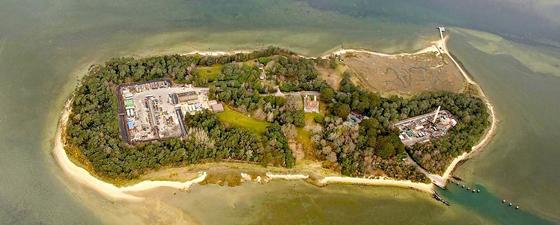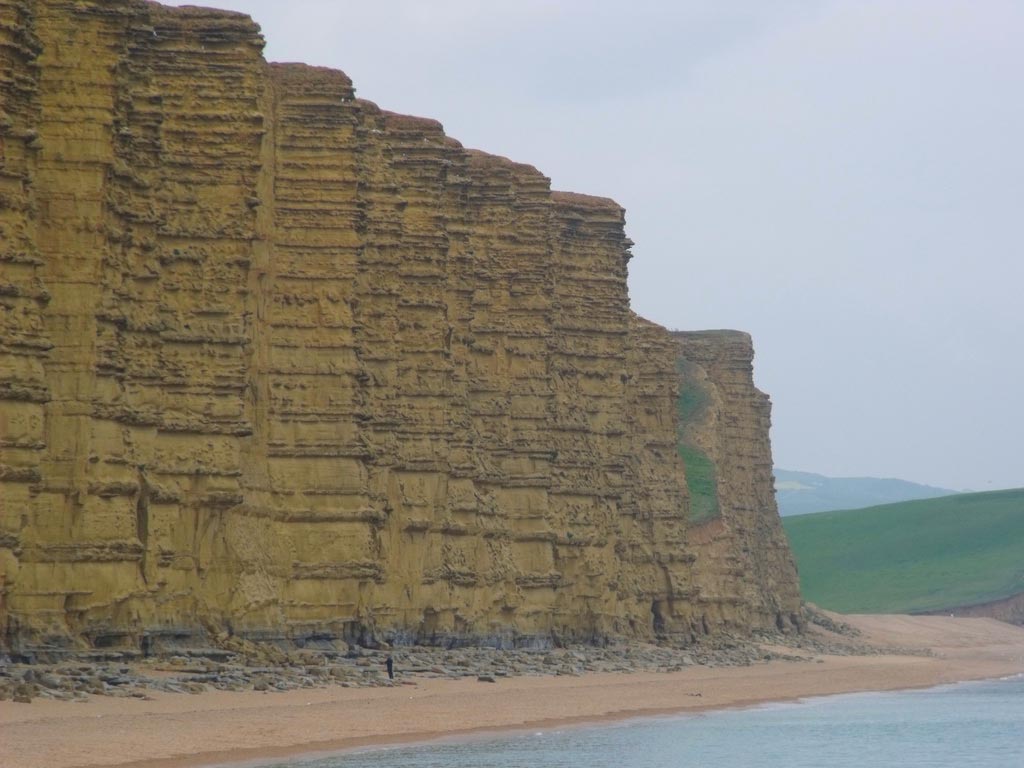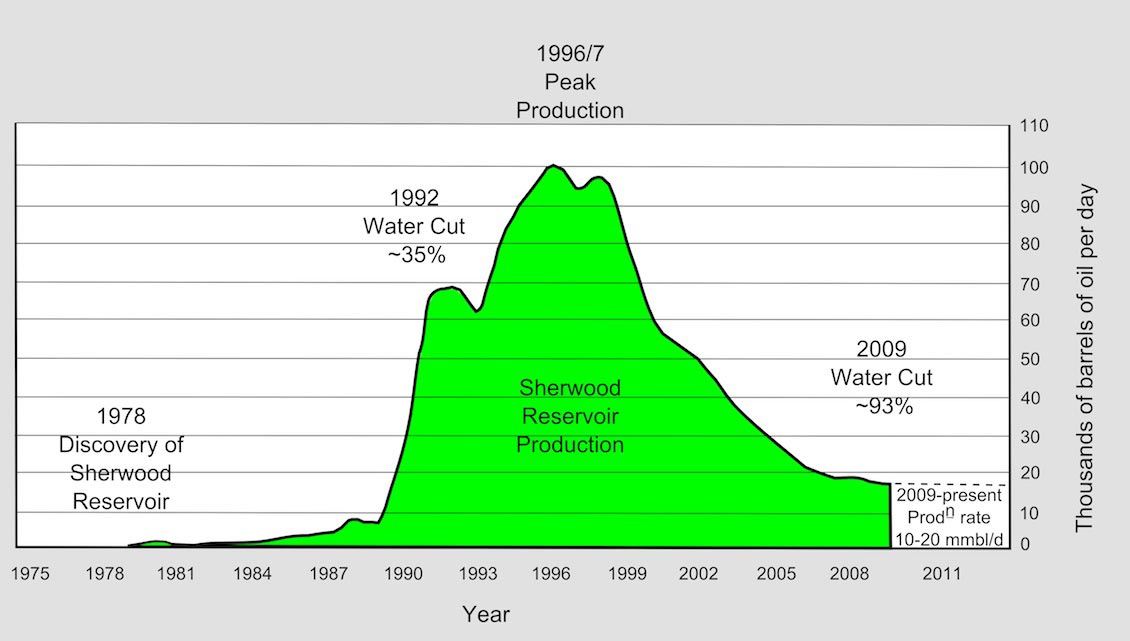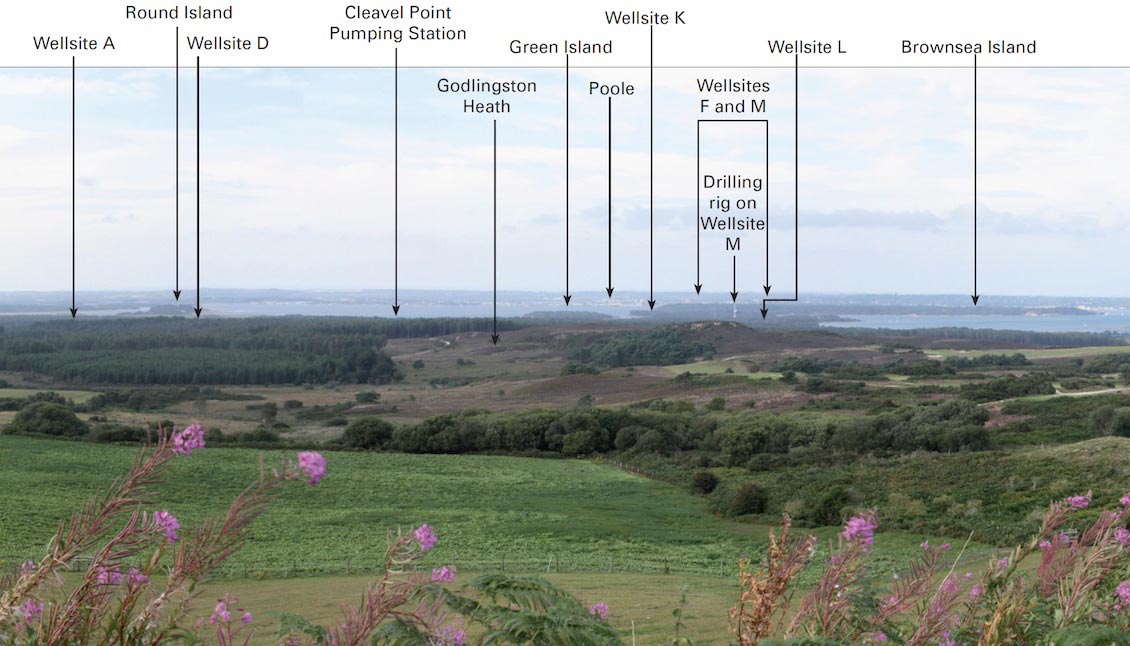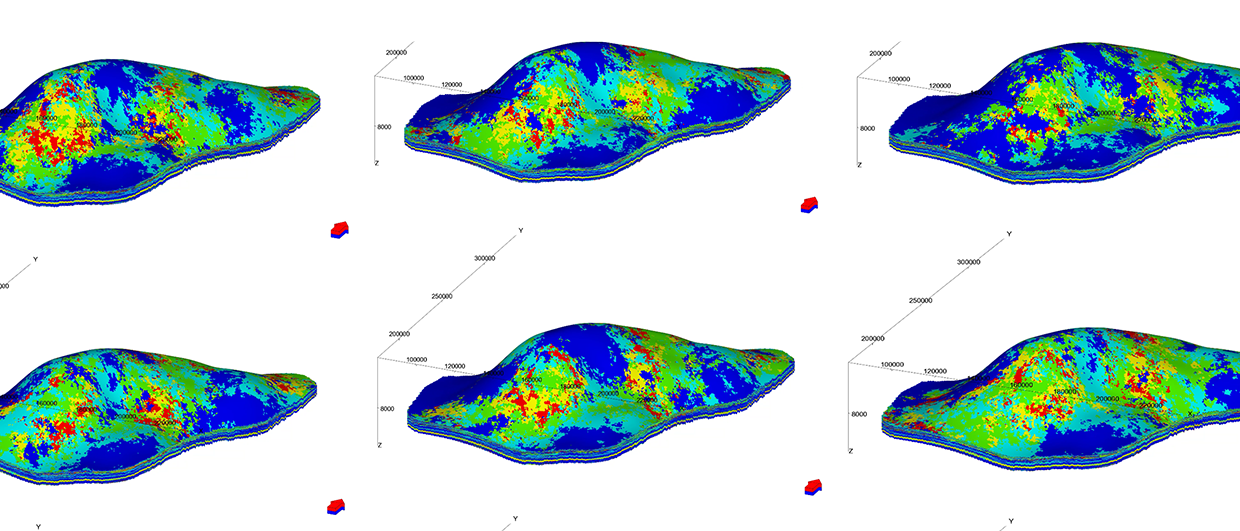Discovered in 1973, the Wytch Farm development has a long history of safe and successful production and has been the site of many landmark technical firsts and records for the industry. The facility, operated by Perenco since 2011, was previously under the stewardship of BP. Oil and natural gas (methane) are both exported by pipeline, while liquified petroleum gas is exported by road tanker.
Sowing Seeds of Success
The discovery of commercial oil in the Wessex Basin was important not only for the opening of a new basin but because at the time of discovery the UK government was keener than ever to reduce dependency on overseas oil producers. Late in 1973, the doubling of crude oil prices by OPEC and a shortage of coal, caused by industrial action, resulted in the introduction of the ‘Three-Day Week’ electricity consumption reduction measure.
It was against this backdrop that the Gas Council (GC) – the E&P part of British Gas – was drilling exploration wells in the Wessex Basin. Natural oil seeps, earlier drilling and the Kimmeridge discovery in 1959 had provided evidence that the basin had a working petroleum system and that hydrocarbons may be trapped in seismically mapped faults, but the belief that the area was unlikely to be sourced by marine kerogens had slowed down exploration efforts.
However, following the identification of marine kerogens in a well on the Isle of Wight, the Wareham-1 well was drilled to test (Jurassic) Inferior Oolite and Bridport Sand targets. Initial interpretations of the well suggested that no significant reservoir sands were present. Geologist Vic Colter at the GC disagreed and argued that the log responses resulted from thick permeable intervals punctuated with hardbands, similar to those seen in the nearby Bridport Cliffs. It was this interpretation that led the GC to drill the discovery well at Wytch Farm.
Good Husbandry Produces Bountiful Fruits
The first phase of development targeted the Bridport Sands and, to a lesser extent, the Inferior Oolite. Production was based on four well sites and ~6,000 bopd were extracted during the 1970s and early 1980s. The Bridport reservoir is a lower Jurassic structure at a depth of ~900m and is being depleted with conventional wells drilled from onshore drill sites. The Inferior Oolite contains small amounts of oil but in general acts with the Fuller’s Earth to seal the reservoir.
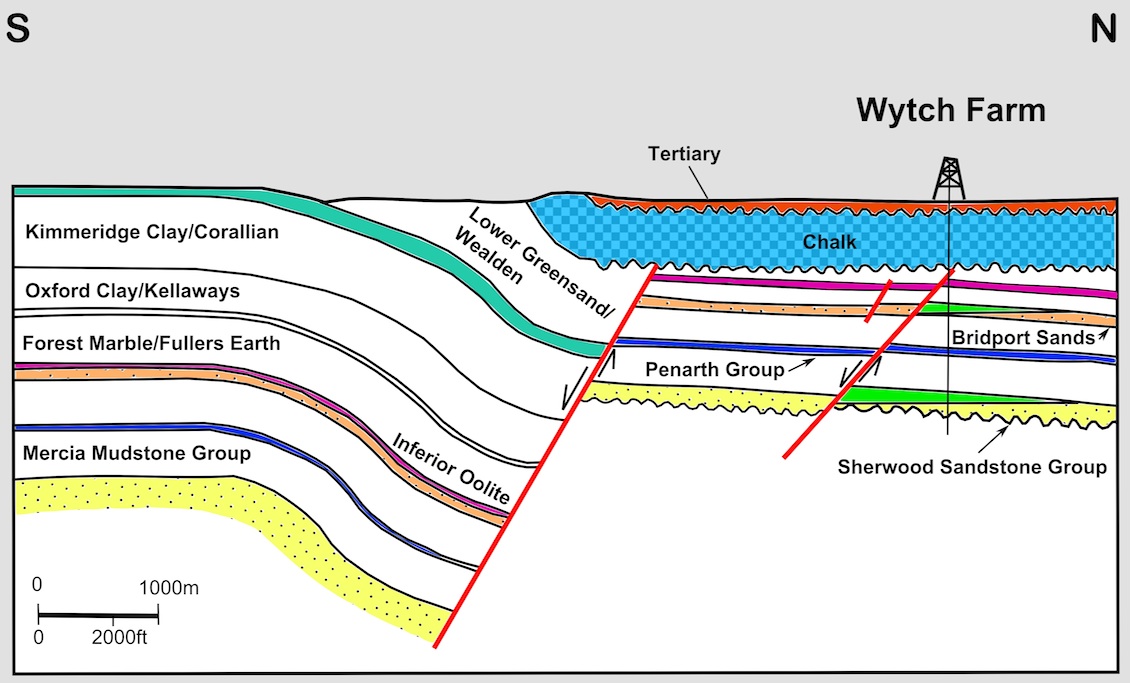 Simplified north–south cross section showing the main stratigraphic and structural elements at the discovery wellsite (based on Colter and Havard, modified after West).BP took over as operator in 1984 and, after upgrading the existing wellsites and constructing five new sites, saw extraction from the Bridport and recently discovered Sherwood reservoirs rise to approximately 60,000 bopd. It quickly became apparent that the main resources were trapped in the deeper Triassic Sherwood Sandstone formation, increasing the reserve base from around 30 MMbo to 378 MMbo, and a new phase of development began.
Simplified north–south cross section showing the main stratigraphic and structural elements at the discovery wellsite (based on Colter and Havard, modified after West).BP took over as operator in 1984 and, after upgrading the existing wellsites and constructing five new sites, saw extraction from the Bridport and recently discovered Sherwood reservoirs rise to approximately 60,000 bopd. It quickly became apparent that the main resources were trapped in the deeper Triassic Sherwood Sandstone formation, increasing the reserve base from around 30 MMbo to 378 MMbo, and a new phase of development began.
The Sherwood formation consists of a variable sequence of floodplain deposits, including lacustrine, sheetflood, channel-fill and aeolian facies, at a depth of 1,600m, and lies under Poole Harbour and out into the nearshore area. The reservoir is sealed by the Mercia mudstone. The next phase of development involved extended reach drilling from the mainland under Poole Bay, which required the construction of a wellsite on the Goathorn Peninsula. The investment increased the reserves base once more, this time to 500 MMbo.
Output peaked in 1997 at ~110,000 bopd and since then oil production has gradually declined. Production continues at levels of around 19,000 bopd and substantial oil reserves in the region of 43 MMbo are believed to remain.
As of June 2012, a total of 102 wells had been drilled at the combined oilfields from 13 wellsites. These comprise a combination of oil-producing and injection wells.
Winds of Change Bring New Seeds of Life
In 2011 BP agreed to sell its majority interest in Wytch Farm to Perenco (50.09%) for up to a reported £375m ($610m). Perenco, which became the new operator, describes itself as having ‘particular expertise in the operation of oilfields that are approaching the end of their productive life’. Shortly after the divestiture of Wytch Farm by BP, Premier Oil opted to extend their equity to a 30.1% stake in the field. Other partners are Maersk Oil North Sea UK Ltd. 7.43%, Summit Petroleum Dorset Ltd. 7.43%, and Talisman Sinopec North Sea Ltd. 4.95%. BP further announced the sale of its interests in the Wareham and Kimmeridge fields – also to Perenco.
 Nodding donkey (reciprocating piston pump) at Wytch Farm Oilfield, August 2013 (Photo courtesty of Roman Hobler).Citing the improvements in reservoir management that have taken place since the initial reserves forecasts, Perenco anticipate that it will be economic to operate the oilfields for 20 years more than was originally supposed. In September 2012, Perenco UK applied to Dorset County Council (DCC) for permission to extend the life of 39 planning permissions for the three oilfields. DCC’s Planning Committee recommended approval of the applications on 6 September 2013, thereby extending the operational life of the oilfields beyond their original end-date of 2016 to 2037.
Nodding donkey (reciprocating piston pump) at Wytch Farm Oilfield, August 2013 (Photo courtesty of Roman Hobler).Citing the improvements in reservoir management that have taken place since the initial reserves forecasts, Perenco anticipate that it will be economic to operate the oilfields for 20 years more than was originally supposed. In September 2012, Perenco UK applied to Dorset County Council (DCC) for permission to extend the life of 39 planning permissions for the three oilfields. DCC’s Planning Committee recommended approval of the applications on 6 September 2013, thereby extending the operational life of the oilfields beyond their original end-date of 2016 to 2037.
The plan for future development of the oilfields includes an operational phase, followed by decommissioning and restoration. The operational phase will include a period up to 2019 where the focus will be to increase or sustain oil production levels and will involve drilling new wells and the work-over of existing wells and facilities.
Following this initial phase of activity, from 2020 to 2037, efforts will continue to sustain production but with less emphasis on drilling projects and there will be significant work on the maintenance and integrity of the existing oilfield infrastructure, as Perenco and partners strive to maximise the recovery factor of the field.
Bumper Harvest for All
Since the Wytch Farm discovery there have been several other, albeit smaller, discoveries within the Wessex Basin (e.g. Humbly Grove, Stockbridge, and Albury) and a number of exploration companies continue to successfully explore the basin for further resources.
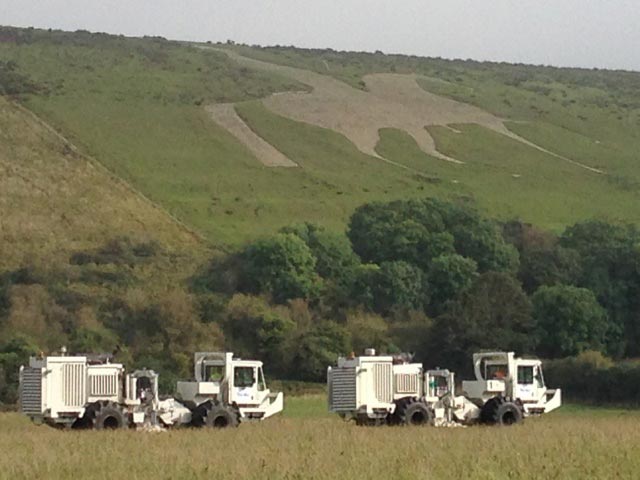 Osmington White Horse, Dorset with Vibroseis seismic survey in the foreground (Photo courtesy of Egdon Resources).One such company is Egdon Resources (named after author Thomas Hardy’s ‘Egdon Heath’), based in Odiham, Hampshire. The company, which has been exploring the area since 1998, currently holds two licences in Dorset (PL090 and PEDL237) and has a full plan of operations for the coming months. Managing Director Mark Abbott explains, “We have just completed a 70 km2 3D seismic programme to the south and east of Dorchester, mainly to evaluate the potential of some large Sherwood Sandstone prospects. We have also just commenced production operations from the Waddock Cross oilfield in PL090, which is a Bridport Sandstone field. Although we don’t expect to find another Wytch Farm, our prospects range up to 30 MMbo and represent excellent drilling opportunities.”
Osmington White Horse, Dorset with Vibroseis seismic survey in the foreground (Photo courtesy of Egdon Resources).One such company is Egdon Resources (named after author Thomas Hardy’s ‘Egdon Heath’), based in Odiham, Hampshire. The company, which has been exploring the area since 1998, currently holds two licences in Dorset (PL090 and PEDL237) and has a full plan of operations for the coming months. Managing Director Mark Abbott explains, “We have just completed a 70 km2 3D seismic programme to the south and east of Dorchester, mainly to evaluate the potential of some large Sherwood Sandstone prospects. We have also just commenced production operations from the Waddock Cross oilfield in PL090, which is a Bridport Sandstone field. Although we don’t expect to find another Wytch Farm, our prospects range up to 30 MMbo and represent excellent drilling opportunities.”
A recurring theme at Wytch Farm is that of change. A new injection of capital, the use of emerging technologies and a renewed vigour mean that Wytch Farm and the Wessex Basin will harvest the rewards for a few more seasons yet.
“So do flux and reflux – the rhythm of change – alternate and persist in everything under the sky.” – Thomas Hardy, Tess of the d’Urbervilles.
Reference

